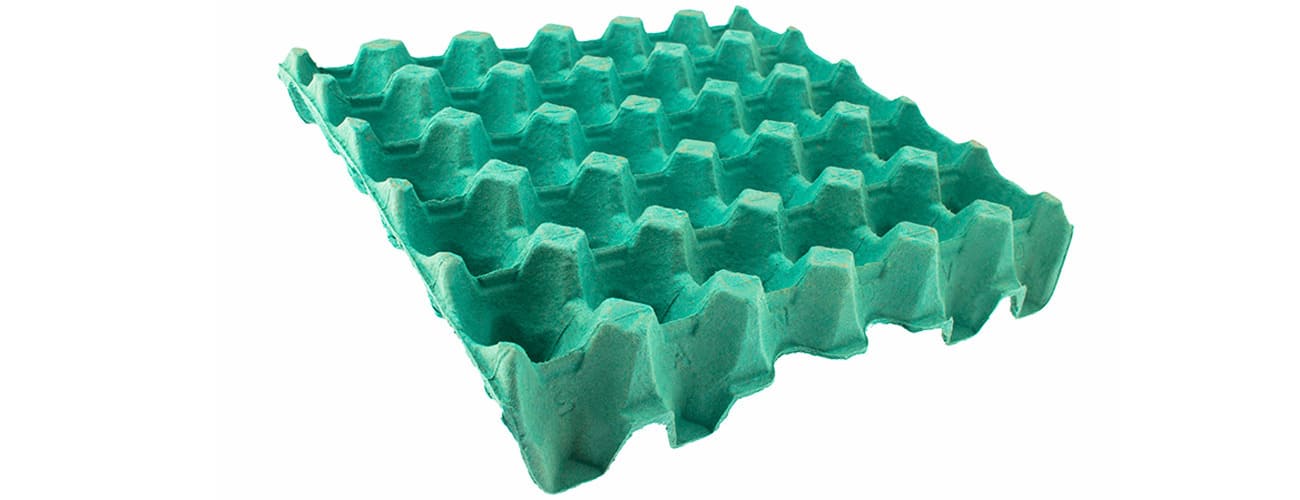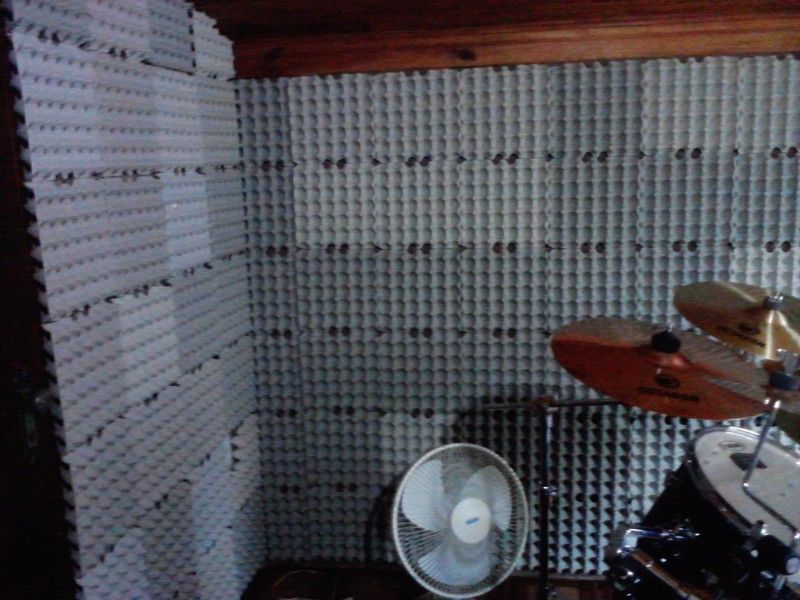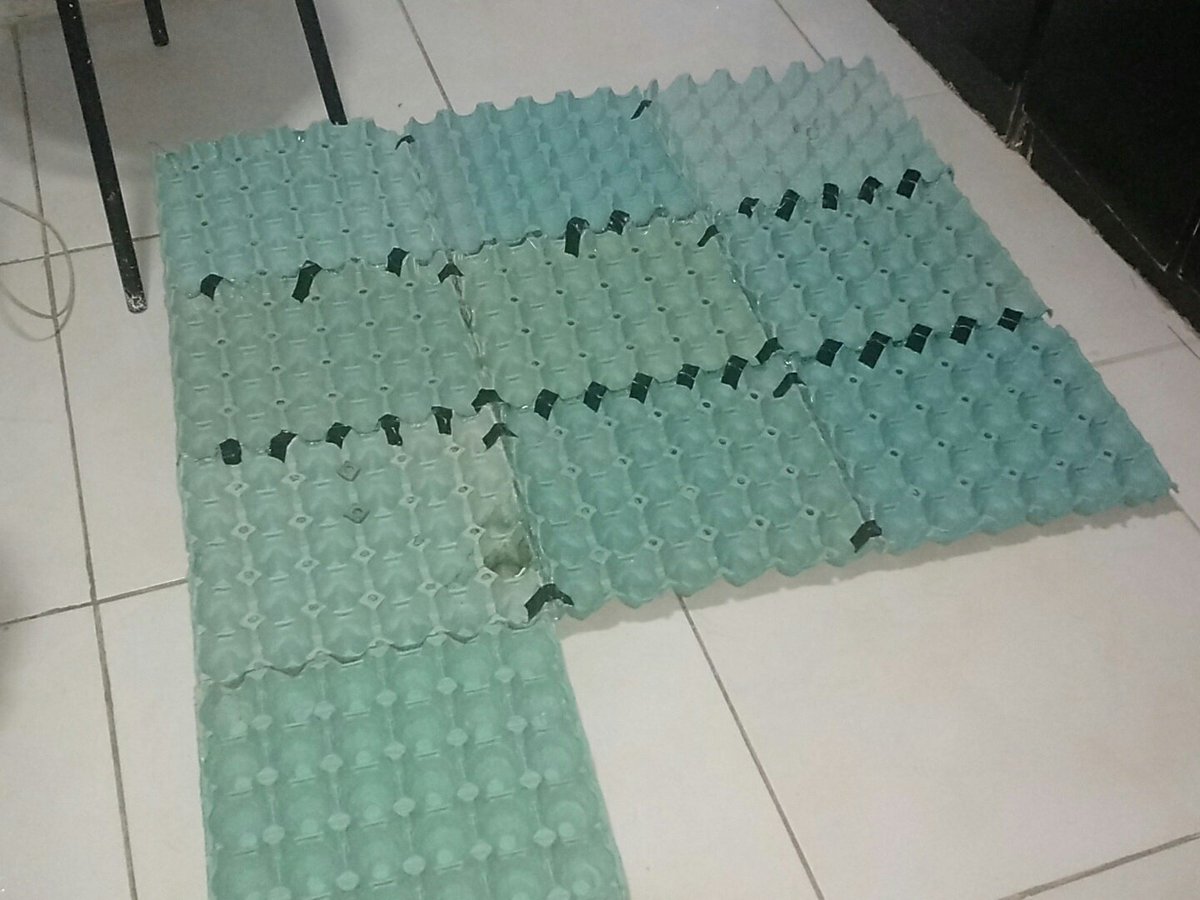Another option is to try much lower reverb settings or have no reverb at all. Yes, reflections are undesirable for critical listening (as in doing music production to resell), but if you had an acoustic piano in the space, it would have the same reflections and you probably wouldn't be bothered much.
I would recommend either a small room reverb mixed to -12db to give a little bit of space to the sound or pianoteq totally dry. See how either option works. Odds are that you can use the room to your advantage rather than redesign it for critical listening.
Also, those recommendations will vary significantly based on what speakers you are using, since the bass traps are only really needed for frequencies below 40hz, and most 8" monitors don't even go below 50-60hz, and a dedicated subwoofer usually has to be 10-12" before it will solidly reproduce those lowest frequencies (15-35hz). So if you chose to treat the room, you could probably skip out on the bass traps. If you have a "flutter echo" (which can do using a simple clap test and hear if you get a distinct repetition of the full sound one or more times), that's probably more important to correct and can be done with the regular wall covering material and/or a small cloud. However, since you're not trying to make an acoustic reproduction environment, I would guess that you'll be just fine embracing the acoustics of the space rather than layering heavy synthetic reverb over the natural reverb of the space.
The only time I recall having a real problem with an acoustic in a real space was in an auditorium foyer where we had a flutter echo that repeated about 5 times and it was like playing a piano inside a bell. That would be a situation where the natural acoustic would be unacceptable, but it was a 10ft x 30ft x 25ft space made entirely of concrete and the weirdest shapes of the walls--whereas a glass box like you describe should be rather comfortable.
If a room sounds nice/natural to talk in, then it will be a good room to play the piano.
Spotify:
https://open.spotify.com/artist/2xHiPcCsm29R12HX4eXd4JPianoteq Studio & Organteq
Casio GP300 & Custom organ console




